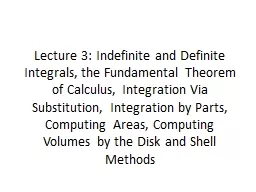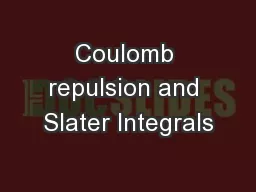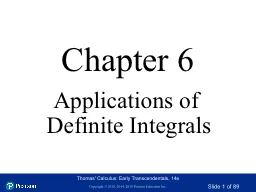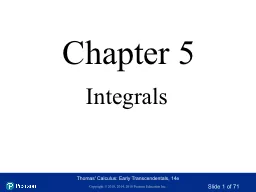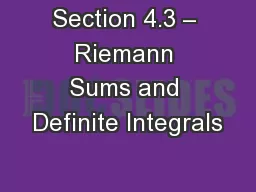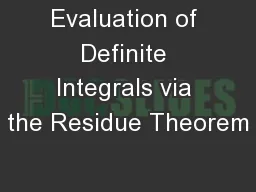PPT-Definite Integrals Finney Chapter 6.2
Author : celsa-spraggs | Published Date : 2018-10-14
Riemann Sums The sums you studied in the last section are called Riemann Sums When studying area under a curve we consider only intervals over which the function
Presentation Embed Code
Download Presentation
Download Presentation The PPT/PDF document "Definite Integrals Finney Chapter 6.2" is the property of its rightful owner. Permission is granted to download and print the materials on this website for personal, non-commercial use only, and to display it on your personal computer provided you do not modify the materials and that you retain all copyright notices contained in the materials. By downloading content from our website, you accept the terms of this agreement.
Definite Integrals Finney Chapter 6.2: Transcript
Download Rules Of Document
"Definite Integrals Finney Chapter 6.2"The content belongs to its owner. You may download and print it for personal use, without modification, and keep all copyright notices. By downloading, you agree to these terms.
Related Documents


